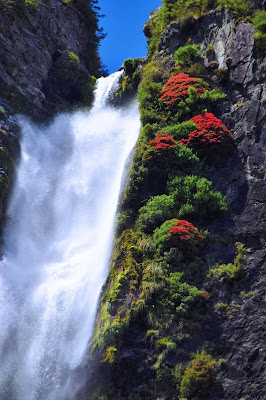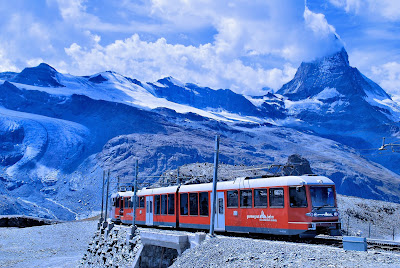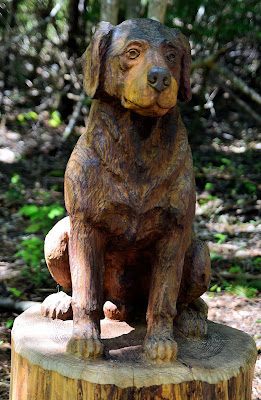Mountain Matter for
young people
I am delighted to learn of something new, especially is it is about
something I had never heard before. For example, earlier this year I found out
that June 3 was UN International bicycle day. And a few days later, June 17, is
Iceland’s National Day celebrating Iceland’s independence from Danish rule on
that day in 1944. More recently I
discovered December 11 is International Mountain Day. Adventurer and author,
Greg Mortenson, shared the item on Facebook. The 2019 theme was ``Mountains
matter for young people.’’
Aoraki/ Mount Cook, New Zealand
Young people are active agents of change and will become our future
leaders. They are custodians of mountains and their natural resources, which
are threatened by climate change. Let young generations to take the lead, so
that mountains and mountain peoples become central in development agendas,
consequently receiving more attention, investments and research. We need to
educate children about the role that mountains play in supporting billions up
and downstream – by providing freshwater, energy, food and recreation. Life for
rural youth living in the mountains can be hard. Many young people leave upland
rural districts in search of a supposedly better life and employment (which)
leads to abandoned agriculture, land degradation and a loss of cultural values
and ancient traditions.
My early memories of travel were to Arthur’s Pass, a village surrounded
by mountains in New Zealand’s South Island. I was aged five and awed. Arthur’s
Pass was reached following a spectacular three-hour rail journey crossing
gaping river gorges and passing high country lakes lapping the base of
mountains. My father took charge of these early adventures. He belonged to a
mountaineering club so we all followed including our long suffering –albeit
non-complaining, mother forever struggling to carry the family holiday needs in
improvised luggage carriers. One was a less than suitable retired hat box.
Arthur's Pass Devil's Punchbowl waterfall and rata
Railways and mountains became my
life’s big interest. I had to have mementos of my big interests – hence my
life-long passion for photography. No wonder my great desire was to visit
Switzerland. It was not until well into my 50s that I made it. Last year I made
a fourth Swiss visit. I had become interested in mountaineering and mountain
``tramping,’’ as we call hiking in New Zealand. My acclaimed summits were not
greatly spectacular but were immensely satisfying. Later, mega bicycle travel
included mountain regions such as the French and Swiss Alps. I have cycle
travelled through the Japanese Alps and those in Norway. Alpine regions have
become magnets for my preferred travel destinations.
Gornergrat Bahn and the Matterhorn, Switzerland
Having parents prepared to encourage an interest in mountains and the
great outdoors is something I have been thankful for. I tried to interest my
own children in outdoor adventures and have been delighted to be partly
successful. My adult daughter has travelled to Patagonia and, in Tanzania,
summited the 5875 m. Mount Kilimanjaro. No wonder I was fascinated to discover
an International Mountain Day with a theme, ``mountains matter for young
people.’’ Thanks to Greg Mortenson for sharing the information. I enjoyed his
book, Three Cups of Tea. The web link
below is worth a look.
Flying high. Jungfrau backdrop, Switzerland













































